When it comes to the healthy growth of plants and vegetables, light plays an important role it. Most of the time, sunlight is enough for plants. But there are cases when your plants may need extra light for healthy growth. In that case, t8 grow light is a perfect tool that you may need.
There are various types of lights available to provide sufficient energy for indoor plants and vegetables. After comparing the LED and Fluorescent light, we learned that fluorescent lights are more effective than the others.
T8 is also one of them. Of course, there are lots of different diameters present for t8 lights also. But currently, lights with a one-inch diameter and 5/8-inch diameter gained popularity among people.
In this piece of information, we will discuss things about t8 grow lights, their work, conditions, and how many watts of light are required to grow the plant per foot?
Conditions To Use the T8 Grow Light?
You cannot just place the light at any corner of the house for the growth of plants. First, examine the planets and their distance well.
Now choose a corner to hang the light, which provides enough distance for the light to reach the plants and their leaves. Take care of the plant’s growth stage as well, e.g., if the plant is a seed, germinating, or growing.
Place the light above one foot for the plants which need extreme sunlight. Keep the switch on for like 22 hours a day. If the light is off fewer watts, then, switch it on directly for 28 hours a day.
It is ideal to use a tube light t8 light instead of a bulb. The bulb will cover a lesser surface area as compared to the tube light.
If there is any window from where the sunlight falls on plants, you may need to decrease the hours to the left of the light. Observe the growth of plants for one week after fixing the t8 light. If you are not getting satisfactory results, you may need to change the light’s position and the active hours of the light.
How Many Watts of T8 Light Are Required Per Foot of Plants?
Before coming to any conclusion, you may need to examine the plants first. For example, tomatoes, pepper, etc., need high-intensity light to grow. At the same time, herbs like spinach and other leafy vegetables require less light to grow.
After that, examine the stage of your plant, seeds, flowers, vegetables; every type of plant requires a different amount of light to varying stages of its life span.
Now comes the surface area of your plants. If the plants are spreading in a large area, they may need a large amount of light. On the other hand, plants will have less surface area require less amount of light.
Plants that require a large amount of light may need 1000-foot candles or 10000 lux. Medium light-demanding plants may require 250-1000 candles or 2500-10000 lux.
If you want to produce a high light with a low-intensity bulb, go for the reflectors. These are very good at creating high-energy light at low-intensity bulbs.
Advantages of T8 Light
- It is 8-inch in diameter and can produce more lumens as compared to other fluorescent lights.
- It can produce a large amount of light at a small surface area.
- These lights have a light span of approximately 30000 hours. It can also increase according to the quality of the light bulb.
- It can act as a supplement light for indoor plants.
- The overall cost is not high as compared to the other expensive lights.
- The life span is also suitable as compared to other lights.
This is all about t8 light. It is an excellent option for the growth of plants. Many people prefer using t8 over t5 and even t12.
Before making any decision, note down all the points mentioned in the article and select accordingly for the betterment of your plants.
The watts required for the growth of plants are also not that high. Overall, t8 will save you money as well as time.

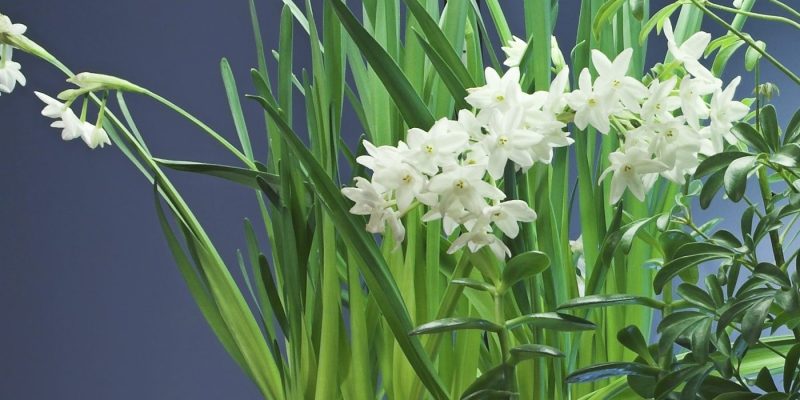
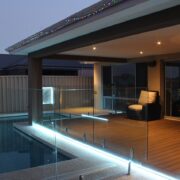

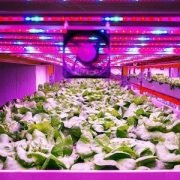
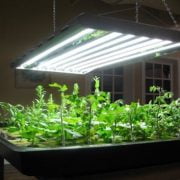

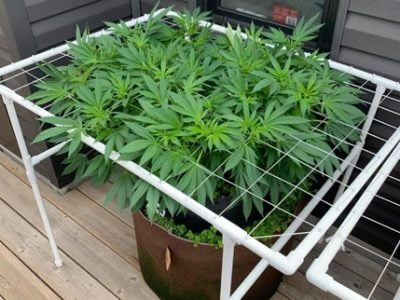
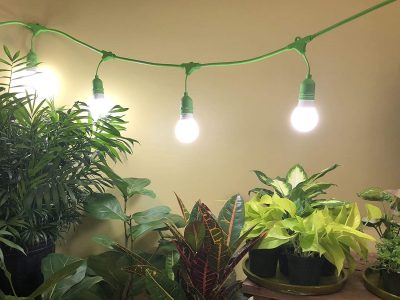

Comments